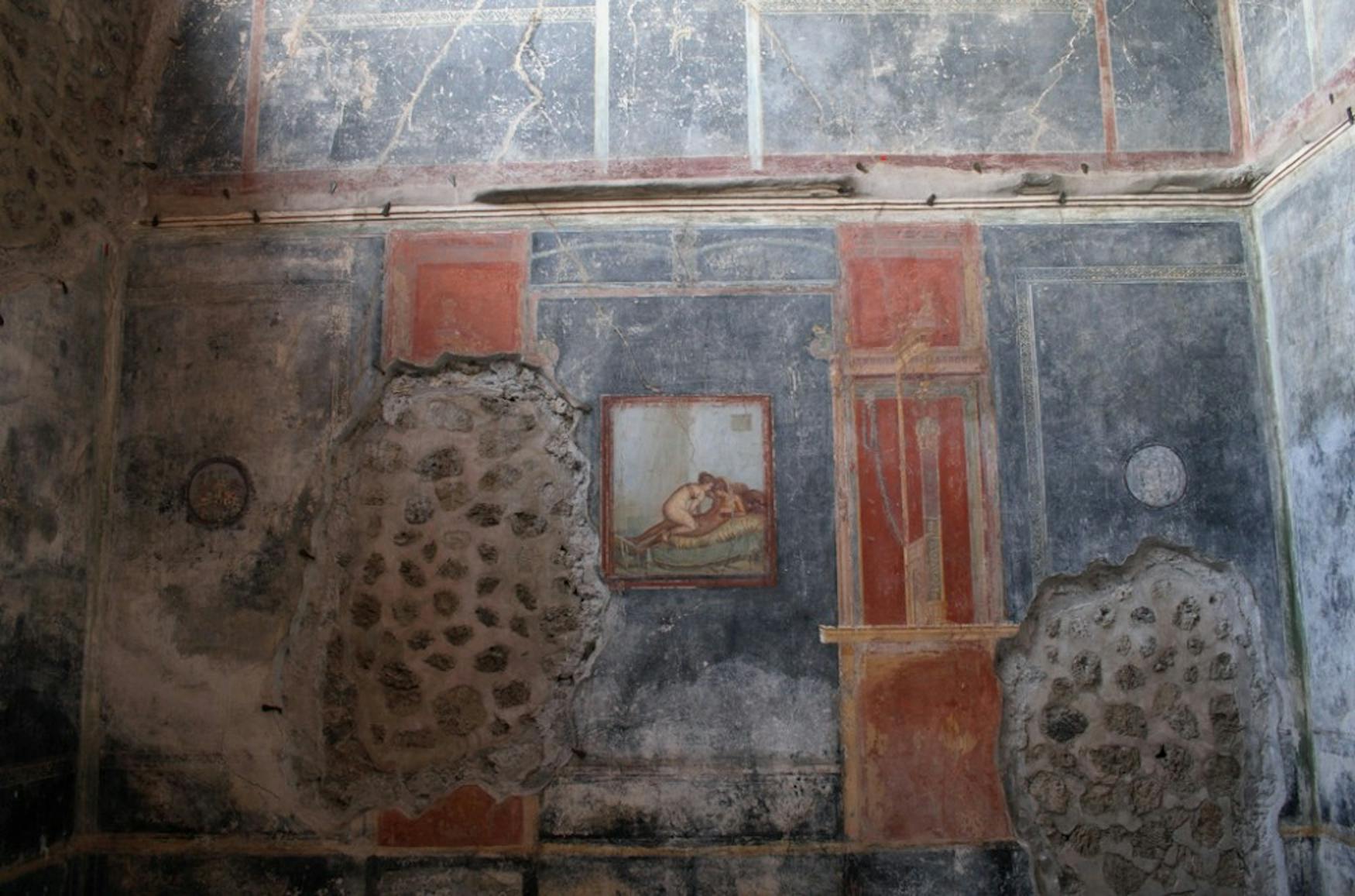Prof lectures on Roman women’s health
Who knew that gynecologist appointments in ancient Rome resembled much of what they do today? Doctors used specula to examine the cervix, prescribed cures for ailments such as breast cancer and menstrual cramps and advised women about sexual health and abstinence. Women’s health in the ancient world was a surprisingly open and advanced field of study and practice.
Tuesday afternoon, Prof. Ann Olga Koloski-Ostrow (CLAS) gave a lecture at the Women’s Studies Research Center, focusing on this incredibly advanced knowledge of women’s issues in the ancient world. Koloski-Ostrow was clearly more than qualified to give the lecture—she told the attendees that she worked in Rome and Pompeii, Italy for most of her adult life and spent this summer in the libraries of these ancient Italian cities studying these exact issues.
Prof. Shulamit Reinharz Ph.D. ’77 (SOC), founder and director of the WSRC, introduced Koloski-Ostrow as the first lecturer of the year—marking the beginning of a new expansion of the WSRC lecture series. In the past, lectures were limited to the scholars who happen to be in-residence at the time. But Reinharz said that this year, the center plans on expanding the lecture series to include University professors as well.
Koloski-Ostrow started off her lecture, “Women’s Lives and Women’s Health in First Century CE Rome and Pompeii,” by relating it to the exhibit currently on view in the WSRC’s Kniznick Gallery, Juanita McNeely: Indomitable Spirit. She spoke about how McNeely, through her graphic and intimate portrayals of the female body, “seeks to create disquiet or discomfort.” But in Roman times, Koloski-Ostrow said, McNeely’s work would not have caused such discomfort. This sentiment was reiterated later on in the lecture when the images on the slides of Romans proved to be even more graphic in some senses than McNeely’s paintings.
Starting off her discussion of women’s health in ancient Rome, Koloski-Ostrow noted the relative openness of being a woman doctor, or what the was called a medici. Midwifery was one of the few professions open to women and was not limited to any social class.
Koloski-Ostrow discussed various writers who talk about women’s issues in ancient times. Women’s health was already seen as being distinctly different from a general practice of medicine and thus it was practiced separately. There were also texts dedicated specifically to the issues facing the female population. and the writers of these works were both male and female. Koloski-Ostrow described that these ancient texts were “resasonable” in the sencse that they denounced superstitions that had prevailed in the world of medicine, such as dispelling the commonly held notion of the movable womb. These scholars actually looked inside women’s bodies both through autopsies and in physical exams, and were therefore able to scientifically prove new, anatomically substantiated ideas about female anatomy.
In the second portion of her lecture, Koloski-Ostrow discussed brothels in ancient Rome—their prevalence, aesthetics and practices. She noted that there were probably at least 30 institutions of prostitution in ancient Rome and Pompeii and that they somewhat resembled what they do today. Clients would be escorted to one of the multiple rooms in the house where a prostitute would entertain the guest. Paintings on the walls of the brothels, depicting the rooms, suggest that the beds were luxurious—made up with soft blankets and wools. The graffiti on the walls of the rooms tell us even more information about the sexual encounters of these people—both men and women would graffiti their experiences onto the walls. Paintings of graphic sexual encounters were not limited to the brothels, however. They appeared in private homes as well as in bathhouses.
After the fall of Rome, practices of contraception, the sexually explicit paintings and many of the written works on women’s health were destroyed as a new era of piousness took over Europe.
But today, the remains, cast in the dust of Mount Vesuvius, endure for us to study in awe.



Please note All comments are eligible for publication in The Justice.